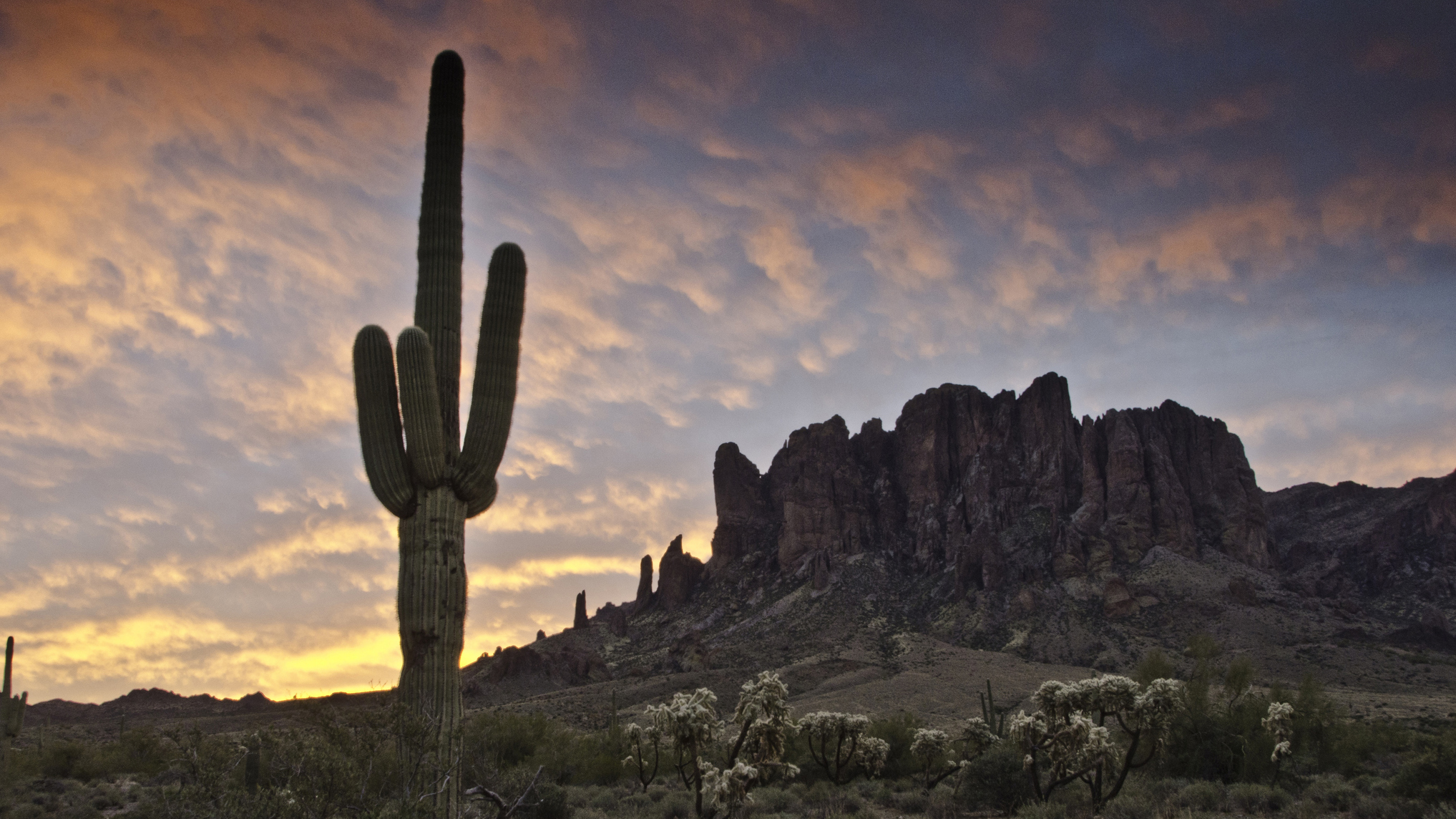Hiker attempting 50-mile Adirondacks trail rescued after suffering from dehydration
Warm weather may be behind us, but hydration is still an important part of hiking

Warm weather might be a distant memory in the northeastern US, but that doesn't mean hydration isn't an important factor to consider on your next hike. Last week, New York forest rangers responded to a callout for a hiker on a long-distance trail who was suffering from dehydration and required evacuation from the scene.
According to a report from the state Department of Environmental Conservation, Ray Brook Dispatch received a call from a hiking party attempting the 50-mile circumnavigation of Cranberry Lake in the Adirondacks on October 19 at 6:24 p.m.
"Forest Ranger Benzel spoke to the reporting party who indicated the 26-year-old from Connecticut was getting better with fluids and did not need Ranger assistance until the morning," states the report.
An hour later, however, the hiking party called back to advise the affected hiker's condition was deteriorating. The hikers were 1.6 miles east of Campsite 17 along the Otter Brook trail, and at 10:32 p.m. rangers located them and transported the hiker back to Cranberry Lake by boat, from where they were taken by ambulance to the hospital for treatment.
Cranberry Lake is the third largest lake in The Adirondack Park and much of its shoreline is a wilderness area. The trail entails a 50-mile circumnavigation of the lake and is described by AllTrails as extremely scenic, but challenging.

Know the signs of dehydration
Dehydration is a condition where your body doesn’t have enough fluids to carry out its normal functions. This can occur when you’re losing excessive fluids, as in with certain illnesses, or when you’re using up more fluids than you’re taking in, for example if you’re on a long trail run or hike and not drinking enough water. Even if it’s not summer, you’re not necessarily off the hook – dehydration can occur in any weather if the conditions are right.
If you feel thirsty on a hike, you should drink water since thirst is an indication that your body needs fluids. However, many of us don’t feel thirsty until we are already dehydrated and it’s important to know the other signs and symptoms of dehydration:
Advnture Newsletter
All the latest inspiration, tips and guides to help you plan your next Advnture!
- Less frequent urination
- Dark-colored urine
- Fatigue
- Dizziness
- Confusion
Once you or anyone in your party experiences these symptoms, you should consider it a medical emergency, stop hiking and focus on getting fluids. Water is the best medicine, though you can add electrolytes to replace salts lost through sweat, too. If you've taken a break from hiking or running to hydrate, once you have rested and rehydrated, you should slowly and carefully return to the trailhead and keep hydrating when you get home. Learn more in our article on the signs of dehydration.
A good rule of thumb as to how much water you need to carry for a hike is one liter for every two hours, but for a long-distance hike you'll need to bring a water filter like the LifeStraw so that you can refill on the go.
Julia Clarke is a staff writer for Advnture.com and the author of the book Restorative Yoga for Beginners. She loves to explore mountains on foot, bike, skis and belay and then recover on the the yoga mat. Julia graduated with a degree in journalism in 2004 and spent eight years working as a radio presenter in Kansas City, Vermont, Boston and New York City before discovering the joys of the Rocky Mountains. She then detoured west to Colorado and enjoyed 11 years teaching yoga in Vail before returning to her hometown of Glasgow, Scotland in 2020 to focus on family and writing.

